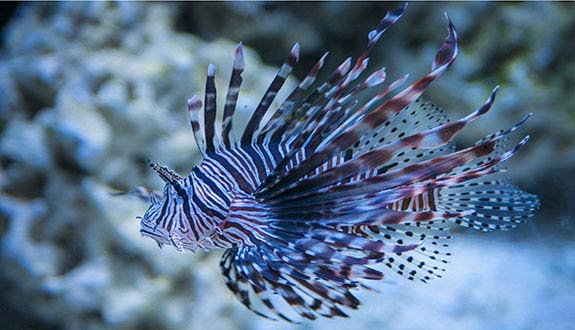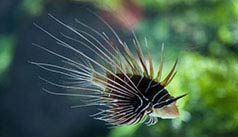

Alternative species (click on the thumbnail to see the card)
Names
Scientific name
Pterois volitans
Gasterosteus volitans
Common name
Turkey fish
Red lionfish
Common lionfish
Red firefish
Butterfly cod
Pazifische Rotfeuerfisch (DE)
Origin

Origin: South Pacific and Indian Oceans, Red Sea
Natural habitat: lagoons and coral reef zones, up to 55 meters (180 feet) deep
Dimorphism
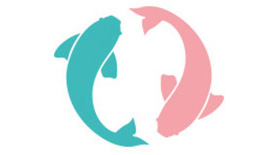
Not apparent
Group
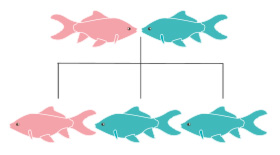
Scorpaenidae
Volume

1000 L / 830 Imp gal / 265 US gal
Parameters

T°: 23 à 26°C or 73 to 79°F
pH: 7.5 to 8.5
Density: 1021 to 1026
Difficulty
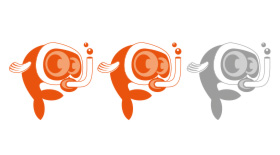
Average
Size
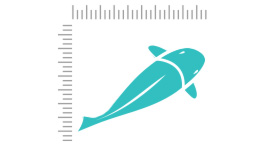
30 to 35 cm (12 to 14")
Longevity
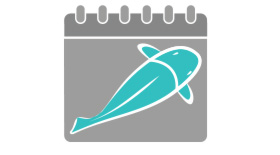
15 to 20 years
Living zone
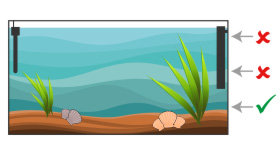
Depth
Individuals
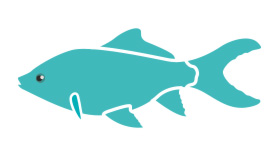
1
Food
How to feed the Turkey fish?
Food
How to feed the Turkey fish?
It is strictly carnivorous and can show itself to be somewhat overconcerned about the type of food it is offered. To make him accept inert food, you can get him used to it by shaking a frozen prey with a long pair of tongs (never with bare hands, see "to know"). In all cases, the menus will be composed of: small fish, mussels, crabs, shrimps, dry food...
During acclimatization, preferably offer live prey and then gently move on to frozen and dry food.
Behavior
What kind of behavior does the Turkey fish have?
Behavior
What kind of behavior does the Turkey fish have?
This nocturnal fish spends the day resting hidden in the shade or in a cave. Sometimes it positions itself there with its head upside down! Once dusk arrives, it chases itself, swimming gently along the scenery. Then he positions himself and waits for a prey to pass by. To catch it, he opens his mouth wide, causing his prey to be sucked directly into his mouth.
Cohabitation
Who can live with the Turkey fish?
Cohabitation
Who can live with the Turkey fish?
A dreadful predator, the Pterois volitans eats anything that comes into its mouth. It is therefore necessary to choose its roommates with great caution: all small fish and crustaceans should be avoided. On the other hand, cohabitation with larger fish or fish of the same size will not be a problem. For example, association with triggerfish or big angelfish is quite possible.
The Pterois volitans can live indifferently alone or in a group. It finally depends on the volume you have: count 1 fish per 200 L / 44 Imp Gal / 53 US Gal.
Breeding
How to breed the Turkey fish?
Breeding
How to breed the Turkey fish?
Unknown in aquarium.
Its aquarium
Which aquarium for the Turkey fish?
Its aquarium
Which aquarium for the Turkey fish?
A nice size reef aquarium (at least 1000 L / 830 Imp Gal / 265 US Gal) is ideal for this beautiful species. The Pterois volitans does not touch the corals, no worries on this side. For a rendering close to its natural habitat, install sand in the bottom and set up a rocky background with sufficiently spacious caves.
A powerful filtration system and several stirring pumps should be installed for maintenance conditions that imitate the natural environment as much as possible. Moreover, this fish is a big polluter which requires a powerful filtration system to guarantee a good water quality.
Good To know
Find all additional information!
Good To know
Find all additional information!
Even if this fish is robust and easy to maintain, it is not suitable for a beginner in aquaristics. Indeed, it is venomous and can inflict very painful and inflammatory stings. Therefore, you must take this into account each time you put your hands in the water. For example, you will need to isolate the fish with a glass pane in order to access a part of your aquarium safely; or do not use a net but rather a bucket to catch your fish.
Because of its dangerousness, the keeping of Pterois volitans requires a Certificate of Breeding Capacity (FRANCE).
Yours photos!
Comments
Sort by:
Please login to post comments
